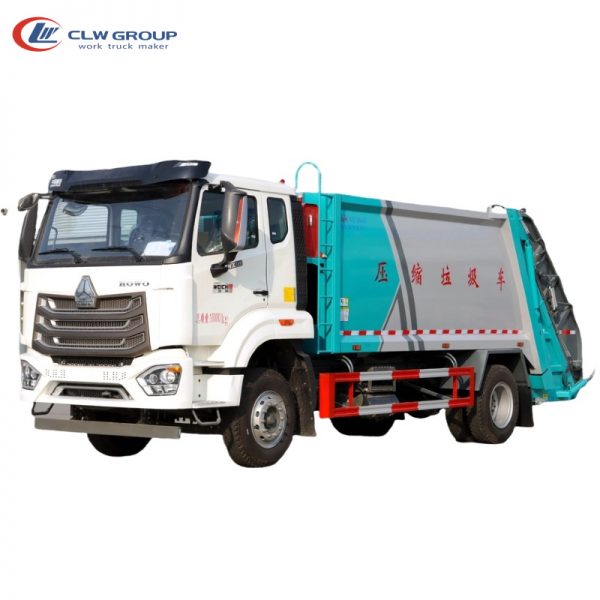Introduction
Crane trucks are essential equipment in various industries, such as construction, transportation, and utilities. One of the key components of a crane truck is the winch, which plays a crucial role in lifting and moving heavy loads safely and efficiently. In this comprehensive guide, we will explore everything you need to know about crane truck winches, including their types, functions, maintenance, and safety considerations.
Types of Crane Truck Winches
There are several types of winches used in crane trucks, each designed for specific applications and load capacities. The most common types of crane truck winches include:
1. Hydraulic Winches: Hydraulic winches are powered by the hydraulic system of the crane truck. click this are known for their high pulling capacity and smooth operation. Hydraulic winches are commonly used in heavy-duty applications where a significant amount of pulling force is required.
2. Electric Winches: Electric winches are powered by the electrical system of the crane truck. They are more compact and lightweight compared to hydraulic winches, making them suitable for smaller crane trucks or applications where weight is a concern. Electric winches are popular for their ease of operation and maintenance.
3. Pneumatic Winches: Pneumatic winches are powered by compressed air and are often used in hazardous environments where electrical or hydraulic systems are not safe to operate. Pneumatic winches are known for their reliability and durability in harsh conditions.
Functions of Crane Truck Winches
The primary function of a crane truck winch is to lift and move heavy loads safely and efficiently. Winches are equipped with a spool on which the wire rope or cable is wound. When the winch is activated, the spool rotates, causing the cable to be pulled in or let out.
Some of the key functions of crane truck winches include:
1. Lifting: Winches are used to lift heavy loads vertically, such as construction materials, equipment, or machinery. The winch's pulling capacity determines the maximum weight that can be lifted.
2. Pulling: Winches can also be used to pull objects horizontally or at an angle, such as towing vehicles, moving obstacles, or positioning materials on a job site. The winch's pulling capacity and line speed are important factors in these applications.
3. Securing: Winches are used to secure loads to the crane truck's platform or bed, preventing them from shifting or falling during transport. Properly securing loads is essential for safety and compliance with regulations.
Maintenance of Crane Truck Winches
Proper maintenance of crane truck winches is essential to ensure their reliable performance and longevity. Regular maintenance tasks should be performed according to the manufacturer's guidelines and schedule. Some common maintenance practices for crane truck winches include:
1. Inspections: Regular visual inspections should be conducted to check for any signs of wear, damage, or corrosion on the winch components. This includes inspecting the wire rope, spool, gears, bearings, and seals.
2. Lubrication: Proper lubrication of the winch components is crucial to reduce friction, wear, and corrosion. Grease or oil should be applied to moving parts such as gears, bearings, and seals according to the manufacturer's recommendations.
3. Tensioning: The tension of the wire rope or cable on the winch spool should be properly adjusted to prevent slippage or damage during operation. Tensioning should be checked regularly and adjusted as needed.
4. Cleaning: Keeping the winch clean from dirt, debris, and contaminants is important to prevent premature wear and damage to the components. The winch should be cleaned regularly using a mild detergent and water.
Safety Considerations for Crane Truck Winches
Safety is paramount when operating crane truck winches to prevent accidents, injuries, and damage to property. Operators and maintenance personnel should follow safety guidelines and best practices to ensure a safe working environment. Some key safety considerations for crane truck winches include:
1. Training: Operators should receive proper training and certification on the safe operation of crane truck winches. They should be familiar with the equipment, its controls, and safety procedures before operating the winch.
2. Inspections: Regular inspections of the winch and its components should be conducted to identify any potential hazards or defects. Any issues should be addressed promptly to prevent accidents.
3. Load Capacity: Operators should be aware of the winch's load capacity and never exceed it. Overloading the winch can lead to equipment failure, accidents, and injuries.
4. Proper Rigging: The wire rope or cable should be properly rigged and secured to the load to prevent slippage or detachment during lifting or pulling operations. Proper rigging techniques should be followed to ensure the load is stable and balanced.

Conclusion
Crane truck winches are essential components that play a vital role in lifting, pulling, and securing heavy loads in various industries. Understanding the types, functions, maintenance, and safety considerations of crane truck winches is crucial for ensuring their reliable performance and safe operation. By following best practices and guidelines, operators can maximize the efficiency and longevity of crane truck winches while maintaining a safe working environment.
